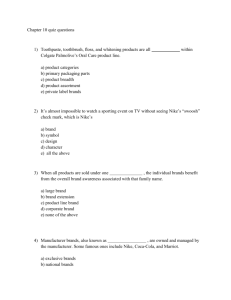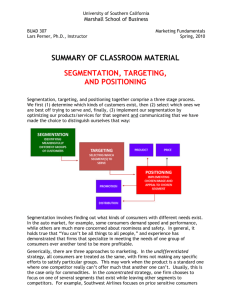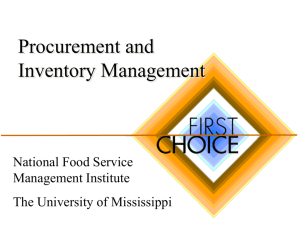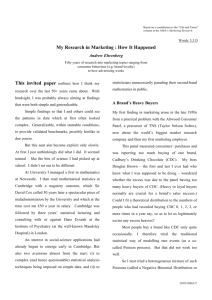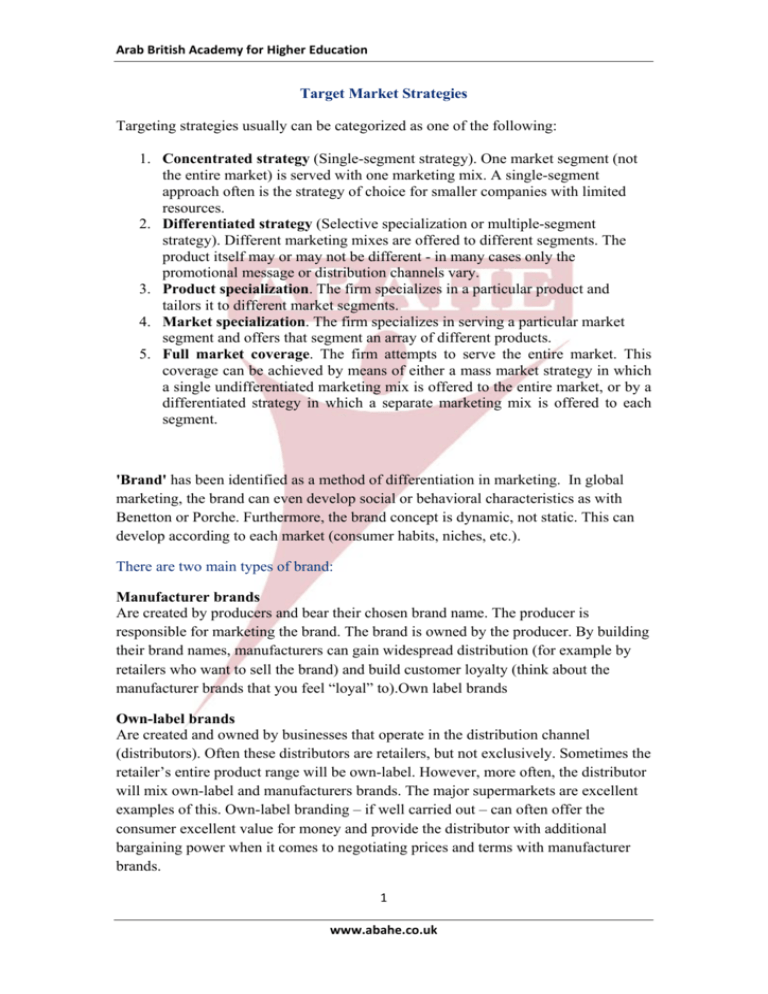
Arab British Academy for Higher Education Target Market Strategies
Targeting strategies usually can be categorized as one of the following:
1. Concentrated strategy (Single-segment strategy). One market segment (not
the entire market) is served with one marketing mix. A single-segment
approach often is the strategy of choice for smaller companies with limited
resources.
2. Differentiated strategy (Selective specialization or multiple-segment
strategy). Different marketing mixes are offered to different segments. The
product itself may or may not be different - in many cases only the
promotional message or distribution channels vary.
3. Product specialization. The firm specializes in a particular product and
tailors it to different market segments.
4. Market specialization. The firm specializes in serving a particular market
segment and offers that segment an array of different products.
5. Full market coverage. The firm attempts to serve the entire market. This
coverage can be achieved by means of either a mass market strategy in which
a single undifferentiated marketing mix is offered to the entire market, or by a
differentiated strategy in which a separate marketing mix is offered to each
segment.
'Brand' has been identified as a method of differentiation in marketing. In global
marketing, the brand can even develop social or behavioral characteristics as with
Benetton or Porche. Furthermore, the brand concept is dynamic, not static. This can
develop according to each market (consumer habits, niches, etc.).
There are two main types of brand:
Manufacturer brands
Are created by producers and bear their chosen brand name. The producer is
responsible for marketing the brand. The brand is owned by the producer. By building
their brand names, manufacturers can gain widespread distribution (for example by
retailers who want to sell the brand) and build customer loyalty (think about the
manufacturer brands that you feel “loyal” to).Own label brands
Own-label brands
Are created and owned by businesses that operate in the distribution channel
(distributors). Often these distributors are retailers, but not exclusively. Sometimes the
retailer’s entire product range will be own-label. However, more often, the distributor
will mix own-label and manufacturers brands. The major supermarkets are excellent
examples of this. Own-label branding – if well carried out – can often offer the
consumer excellent value for money and provide the distributor with additional
bargaining power when it comes to negotiating prices and terms with manufacturer
brands.
1 www.abahe.co.uk Arab British Academy for Higher Education All Rights Reserved © Arab British Academy for Higher Education
2 www.abahe.co.uk








